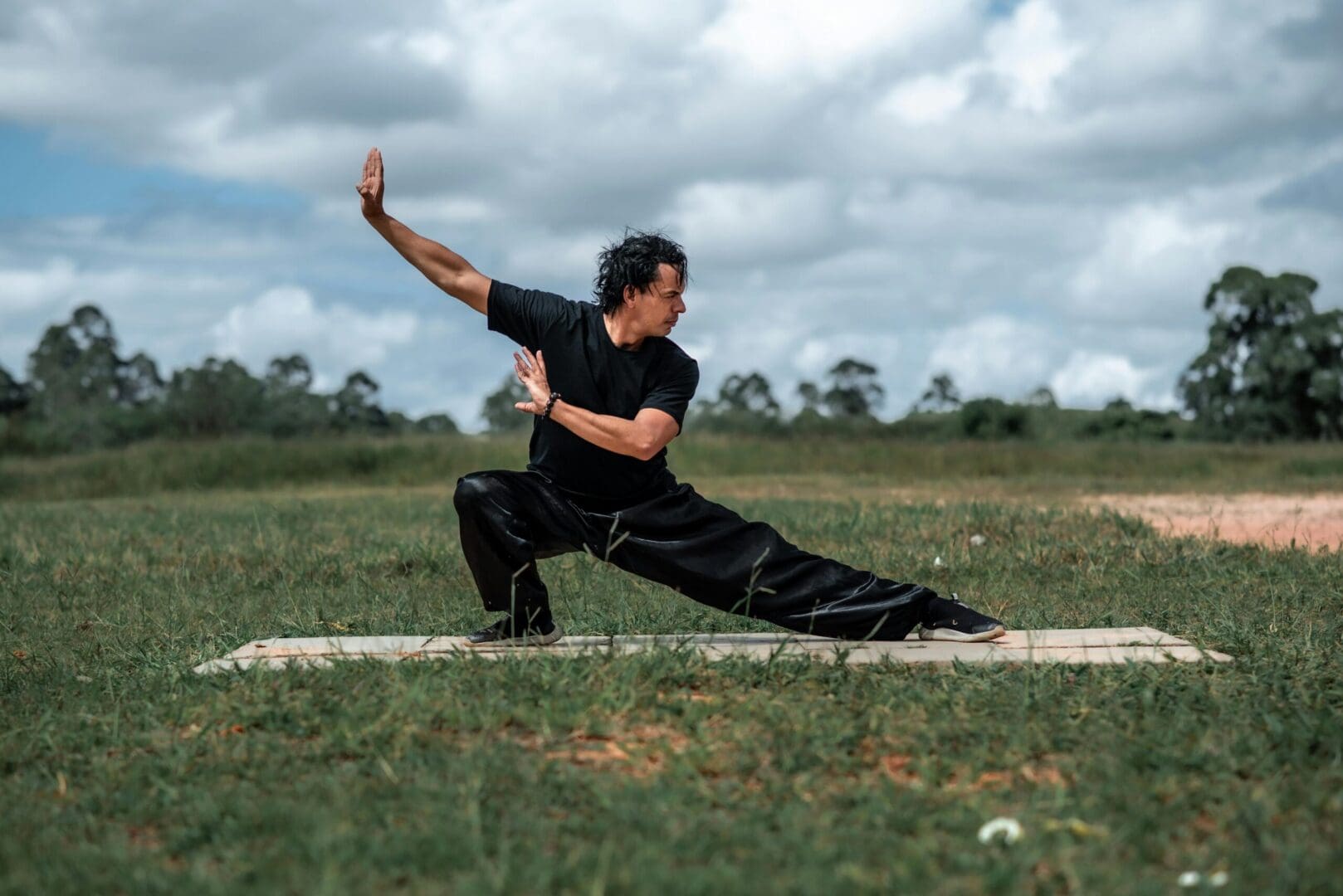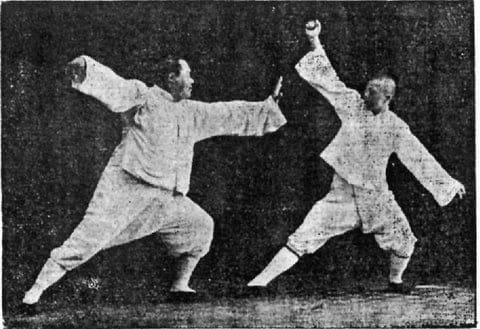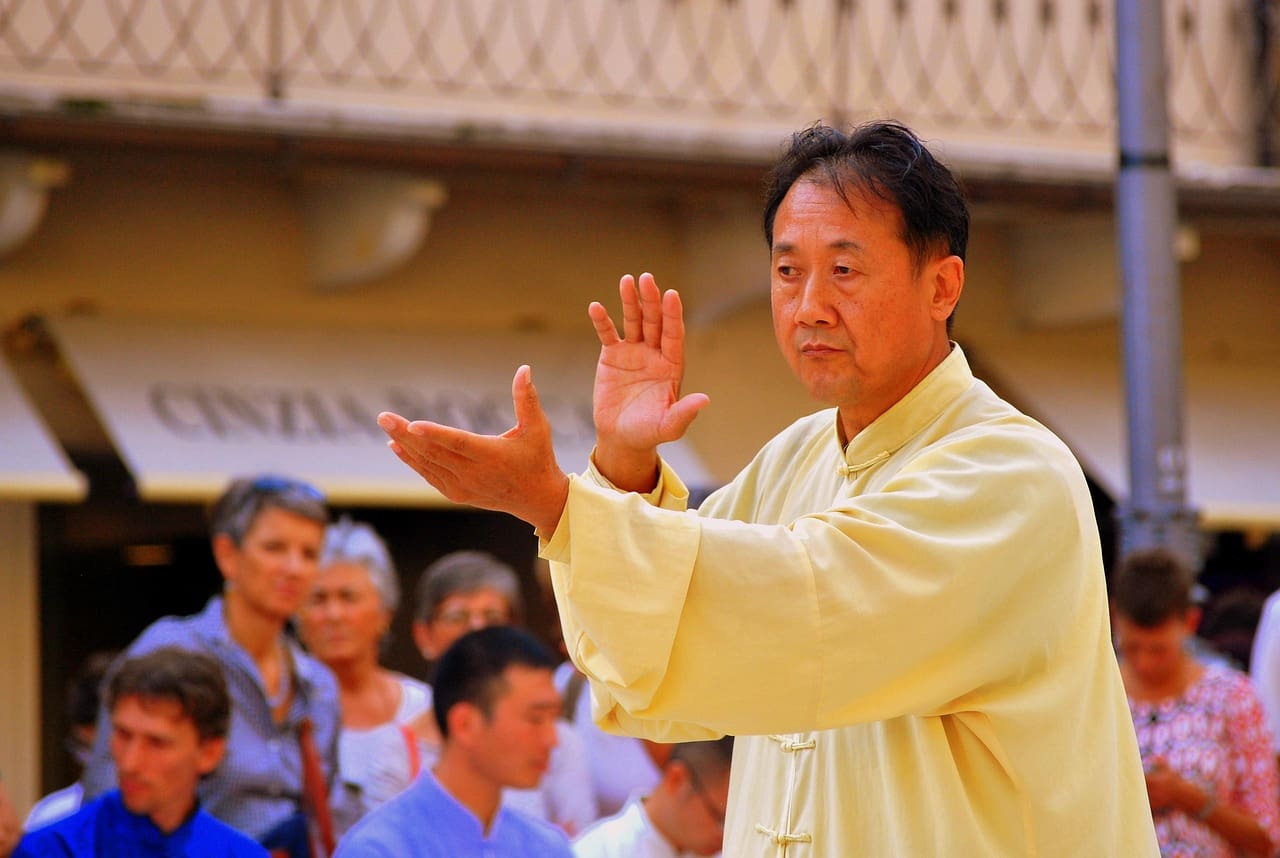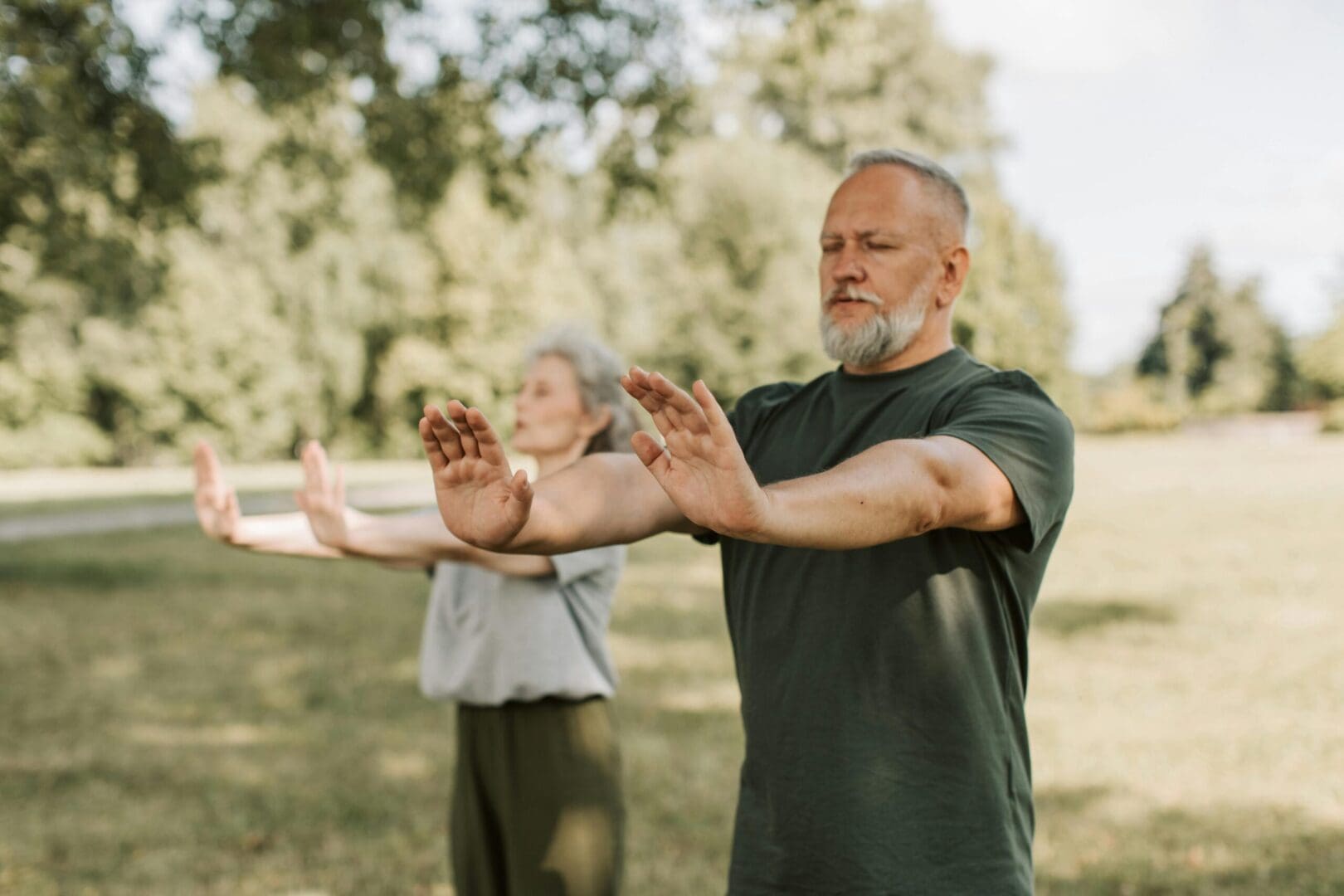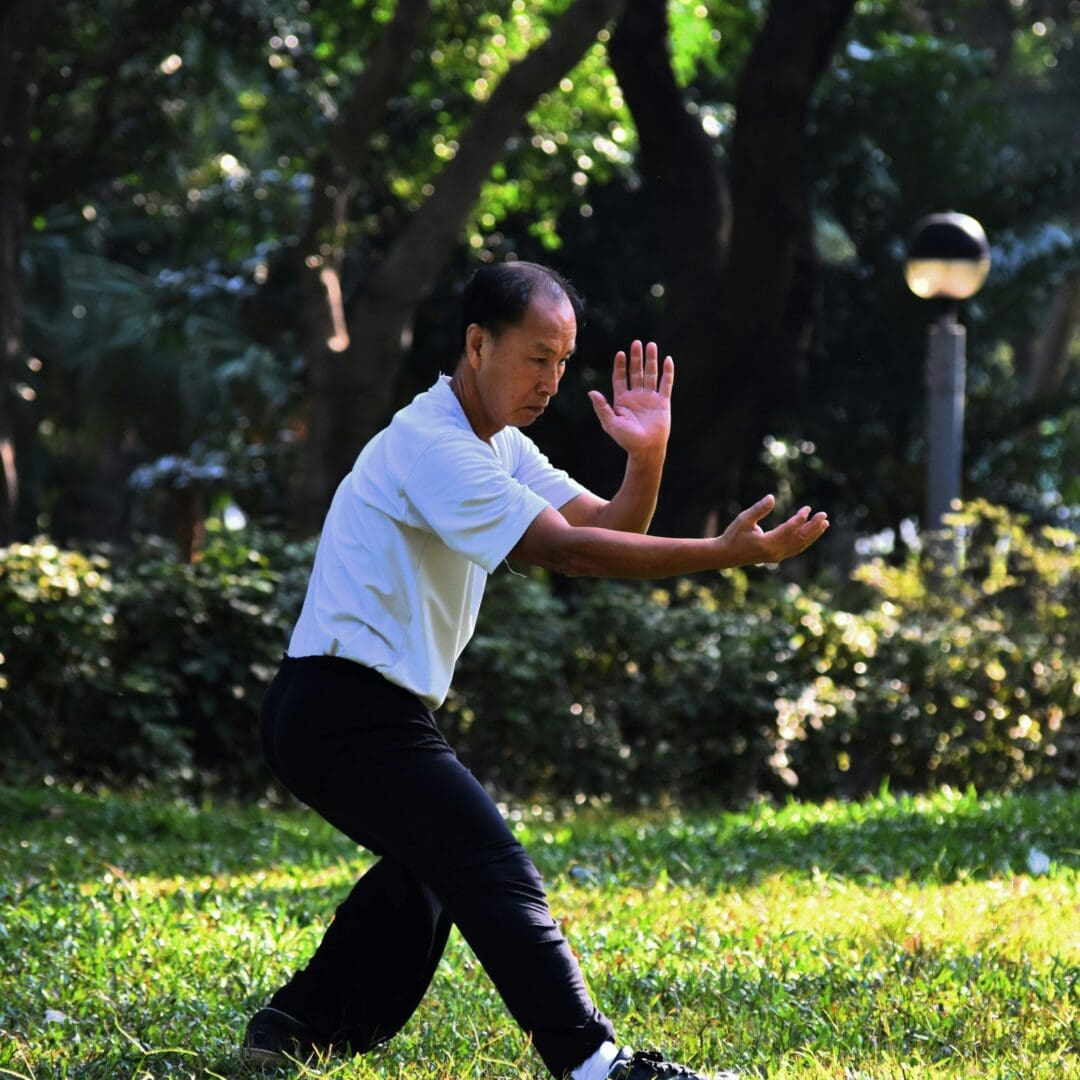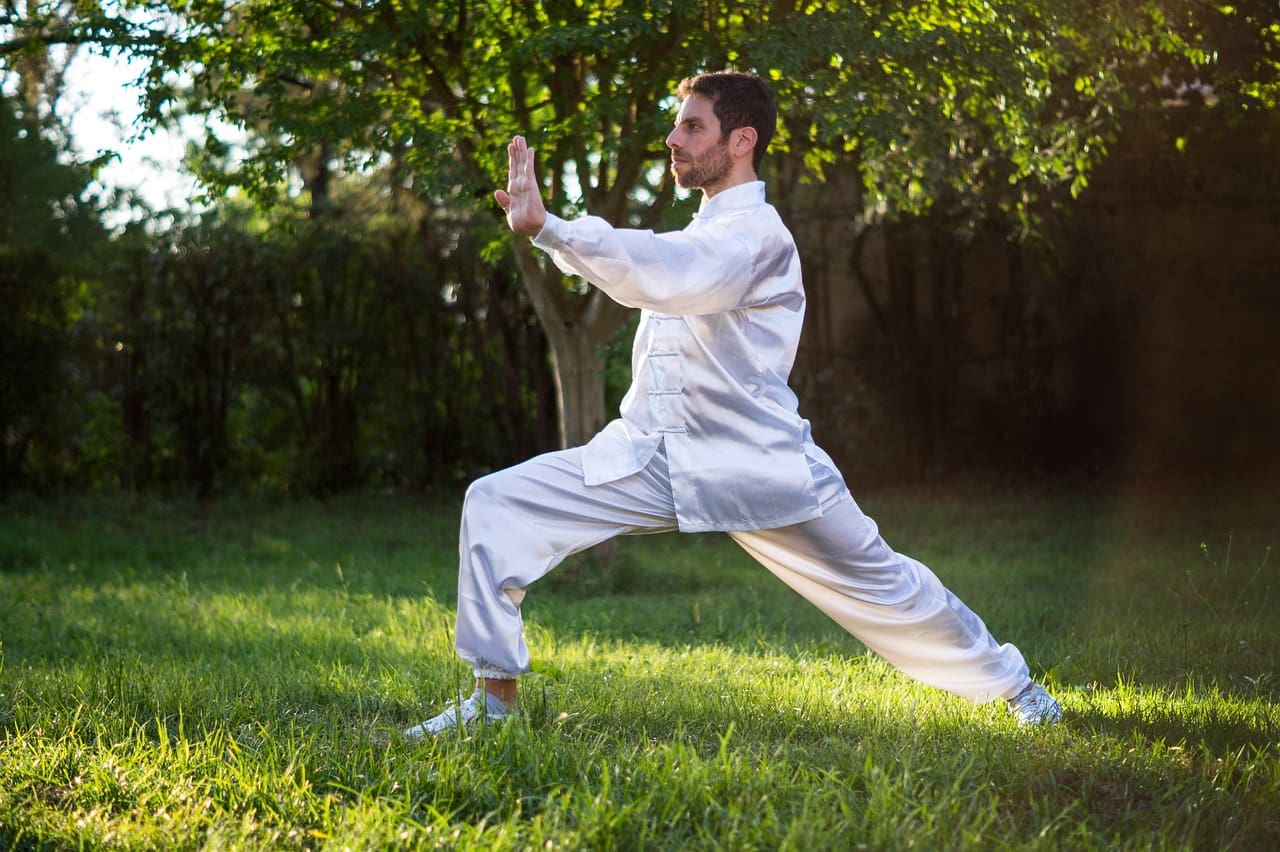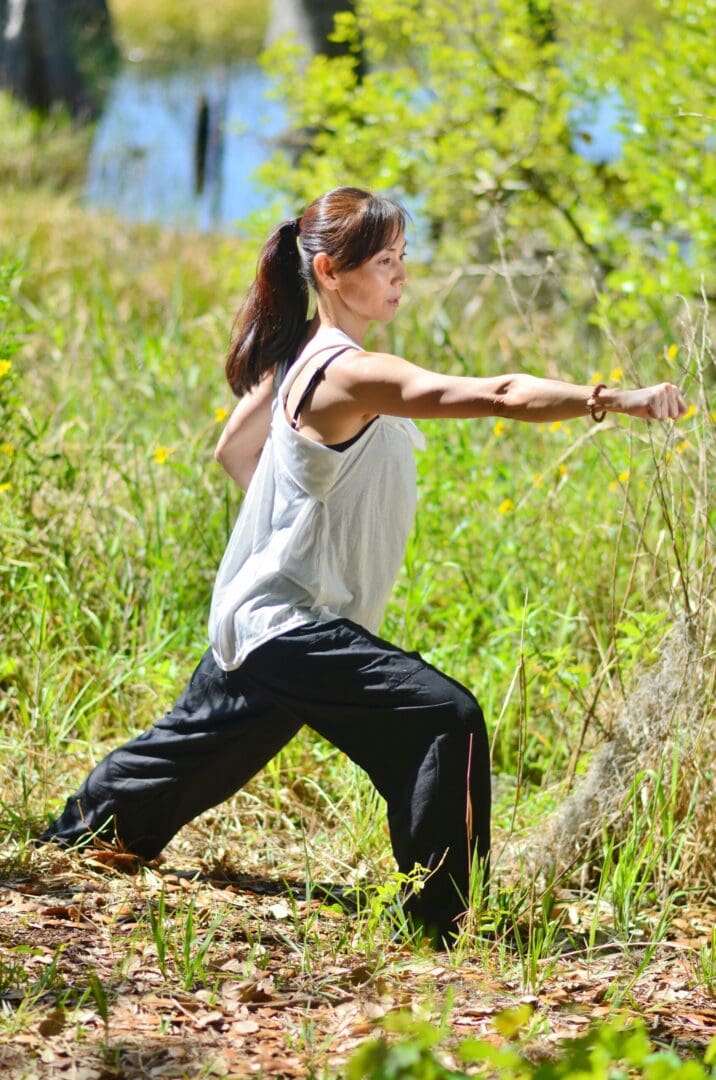About Tai Chi
Tai Chi, or Tai Chi Chuan, is an ancient Chinese martial art that is primarily practised for its health benefits, though it also has martial applications. What sets Tai Chi apart from other martial arts is its focus on slow, deliberate movements, breathing, and internal energy (Qi). Unlike more physically intense combat sports, Tai Chi emphasises balance, relaxation, flexibility, and mind-body connection, using gentle, flowing motions to cultivate strength, improve posture, and promote inner peace. The practice is often compared to a form of moving meditation, where the practitioner moves mindfully through a series of postures, allowing the body and mind to become deeply aligned.
Tai Chi’s martial aspect is based on principles of softness overcoming hardness and yielding to force, which means that rather than using brute strength, practitioners learn to redirect and neutralise an opponent’s energy through sensitivity and flow, and represents the deep engraving of the Taoist philosophy of Yin and Yang. This makes Tai Chi distinct in its approach to martial art, focusing on both internal development and physical movement.
